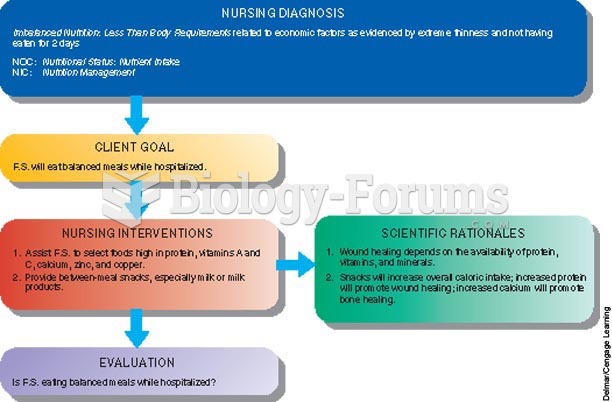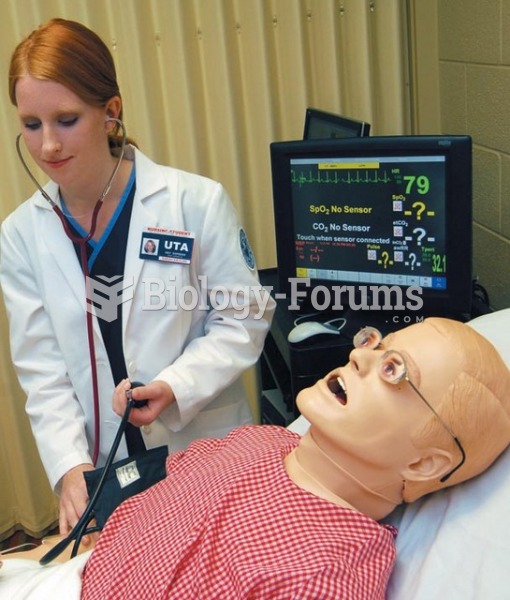Answer to Question 1
ANS: 1, 4, 5, 6
The rising rates of unemployment, mental illness, homelessness, and health care costs all contrib-ute to an increase in the medically underserved population. Some of the medically underserved population is poor and on Medicaid. Others are part of the working poor in that they cannot af-ford their own insurance, but they make too much money to qualify for Medicaid. In addition, there is an increase in the mentally ill population who has little or no access to health care. Today, nurses work in many health care settings providing health promotion and disease to the homeless, mentally ill, and others who have limited access to health care or who lack health care insurance (Cunningham, 2006).
Although stressing resources in locations where the population relocates, a change in rural popu-lation does not necessarily result in an increase of the medically uninsured.
Although stressing resources in locations where the population relocates, a change in urban popu-lation does not necessarily result in an increase of the medically uninsured.
Answer to Question 2
ANS: 4
Injuries to both caregiver and client occur during client transfer. The caregiver is at risk for mus-culoskeletal injuries. The client is at risk for falls as well as musculoskeletal injuries. There is a shift from ineffective, injury-prone client transfer techniques to evidence-based practices for safe client handling.
The implementation of a lift team is directly supported by evidence-based research (EBR).
Yearly training sessions are important but the specific training is determined first by EBR.
The use of mechanical lifts is directly supported by evidence-based research (EBR).







